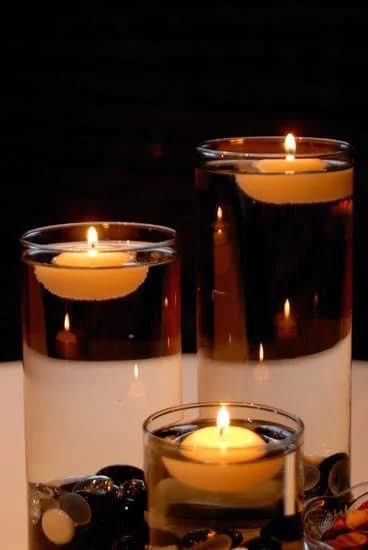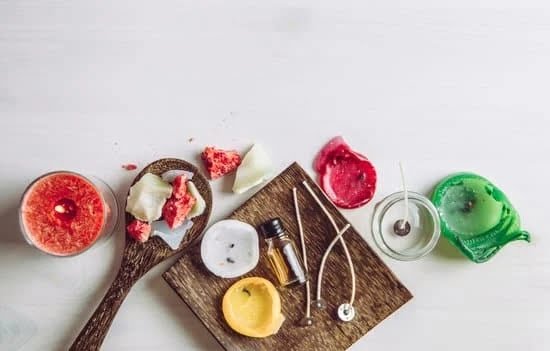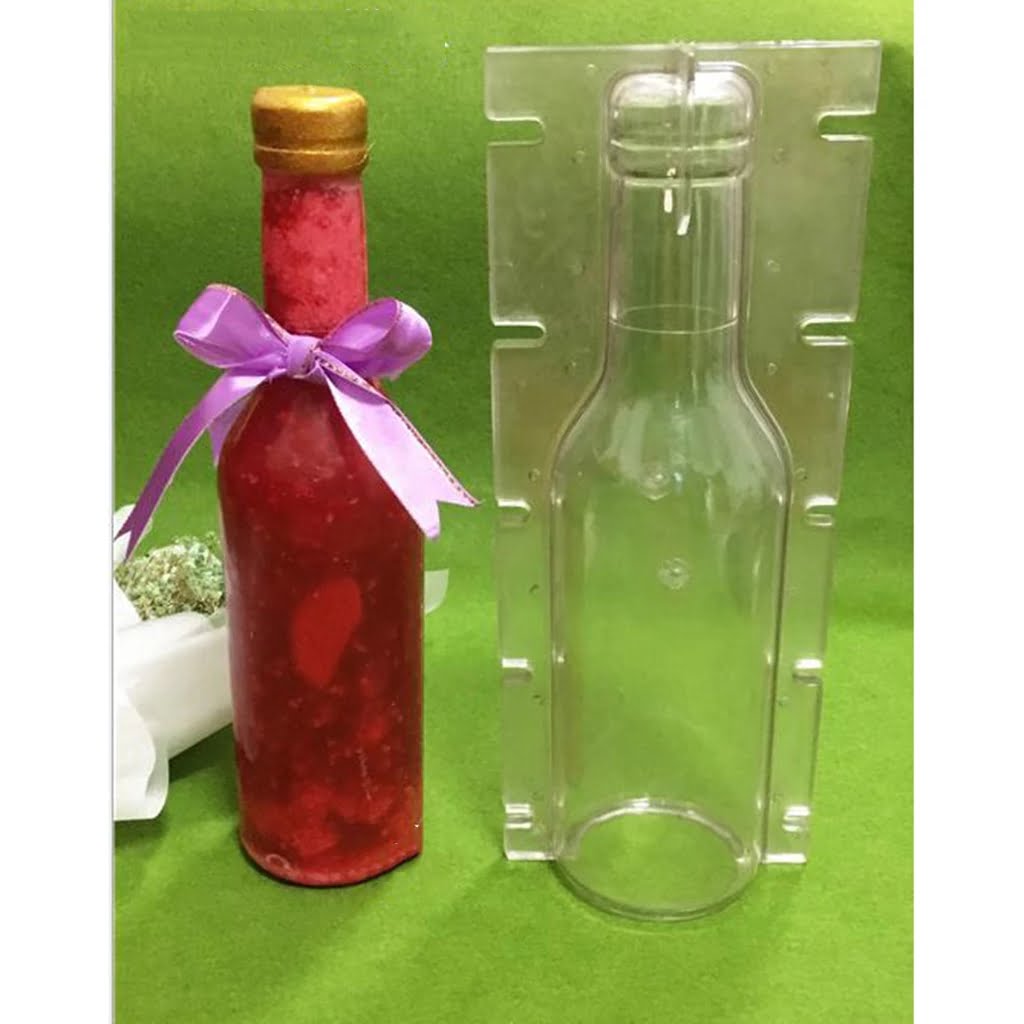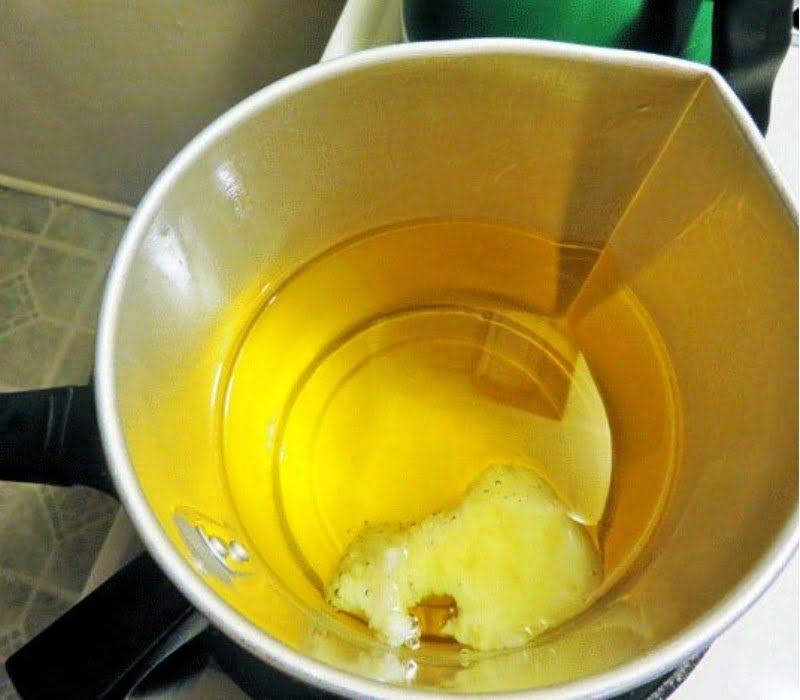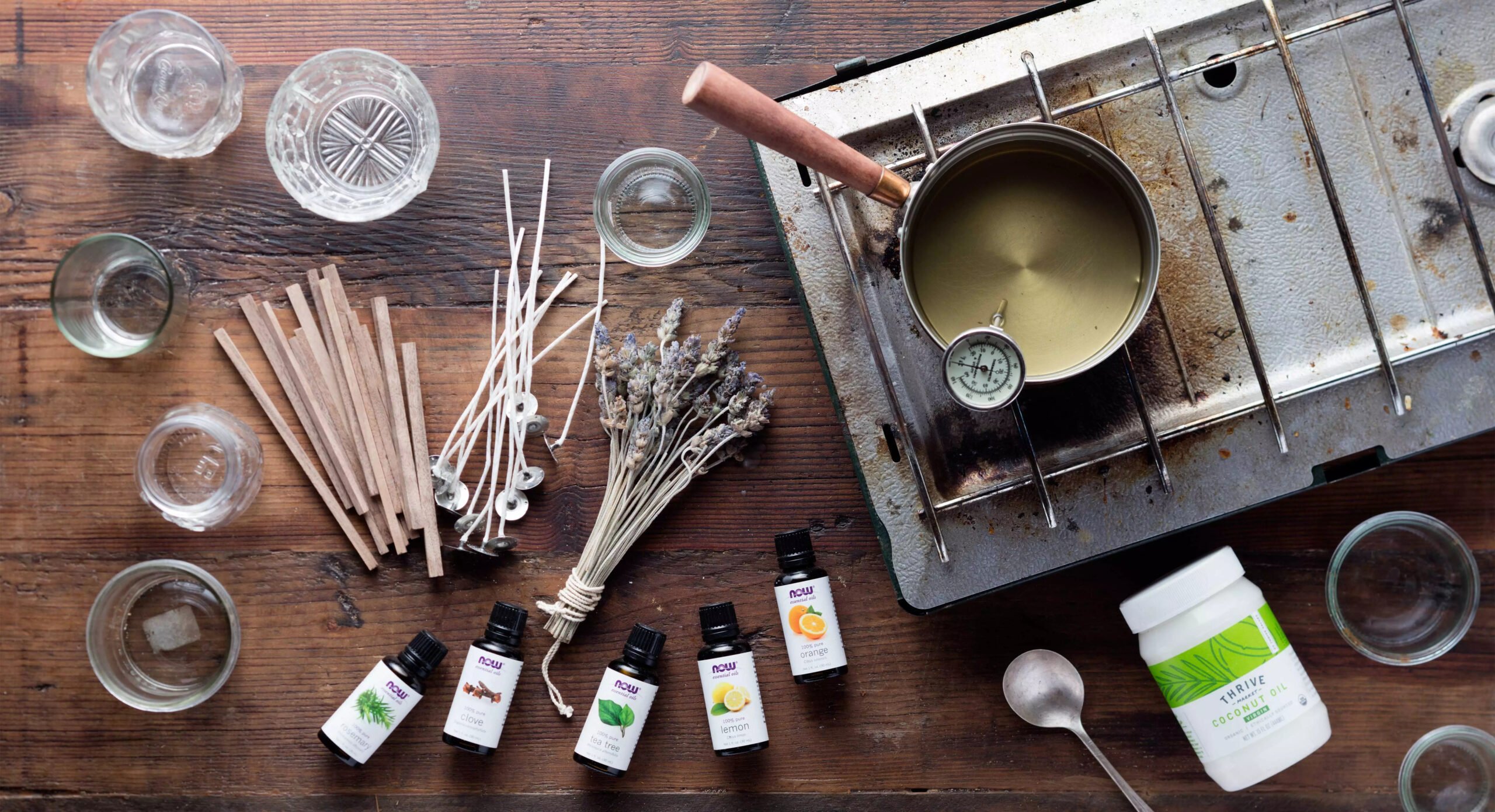Introduction to Candle Making
Creating your own candles is an art form that combines design, artistry, and science. Candle Making can be quite enjoyable and satisfying because you have the ability to craft a product that you can use yourself or share with friends and family. In order to make a candle, one must understand the basics of working with essential oils or fragrance oils.
Essential oils are derived from plants, flowers, fruits, nuts, and herbs. Each oil has its unique scent profile depending on the type of plant from which it was extracted from. Essential oils can provide therapeutic benefits when inhaled or used topically on the skin.
Fragrance Oils are those derived from synthetic sources such as wood-fired products or petroleum products. These scents replicate many familiar fragrances like lavender or rose but will not necessarily provide any therapeutic benefits for the consumer. Fragrance oils can enhance the scent profile of a candle by providing stronger notes as well as supporting existing natural aromas provided by essential oils.
When combined together in carefully crafted combinations they create powerful and beautiful scented candles that burn cleanly without creating soot like lower grade waxes on cheaper vegetable based paraffin wax candles do. Additionally, adding dye chips to tint the color of your candles allows you to customize them to match any decor effortlessly!
In addition to understanding essential oils and fragrance oils, there’s also an element of science when making candles properly. Wax is composed primarily of hydrocarbons derived either from plants (soy wax)or mineral sources (paraffin wax). The right combination of wick size along with melting points must be taken into consideration when designing a complete candle recipe for optimal burn performance. Proper wicking will ensure your candle burns evenly all the way down leaving no residue both inside and outside your containers walls–an important factor for safety reasons as well as aesthetic appeal! Furthermore, temperatures must be carefully maintained during the pouring process inorder to prevent cracking due to overworking the wax composition before hardening begins; under poured items often result in sunken tops due poor adhesion between layers upon cooling thus resulting in thinner than ideal candle walls too thick layers can affect burn performance if allowed to remain upon cooling thus producing inconsistent results form batch to batch
Different Types of Candle Materials
Beeswax: Beeswax is a natural wax that’s derived from honeybees. This type of wax is going to produce very clean burning candles and it’s a great choice for those who don’t want any synthetic elements in their candles. Since this type of wax has low melting point, scented candles made with beeswax will not offer strong scent throw compared to other types of waxes.
Paraffin: Paraffin is probably one of the most common types of candle wax. It’s derived from petroleum refining and it’s used for both novelty and utility candles. It’s cheaper than some other materials so you might choose it when making large batches. It also offers a great hot scent throw but can create more soot while burning compared with some other materials.
Soy Wax: Soy wax comes from hydrogenated vegetable oil that has been processed using heat. It burns cleaner than paraffin and has no carcinogenic ingredients so some may prefer to use soy wax instead of paraffin or beeswax when making their candles. On the downside, it doesn’t offer good hot scent throw like other types of material would ” although this doesn’t mean the smell won’t come through at all, just not as powerfully as you would experience with paraffin, for example.
Gel Wax: Gel wax is composed mostly of mineral oil but includes plastics as well as resins and alcohol which form the gel-like structure when combined together in a process called polymerization.. Gel waxes burn slower than all the previously mentioned waxes and gives off a stronger fragrance due to its ability hold more essential oils or fragrance oils than traditional candle making materials do. However, gel wax must be handled properly because when exposed to excessive heat during the manufacturing process, pollutants such as styrene may be released into the air if contaminations are present
The Basics of Candle Aromatics
One of the most important aspects of candle making is selecting or creating fragrances for your candles. There are three main types of fragrances used in candle making: essential oils, fragrance oils and custom blends.
Essential oils are generally considered to be the purest type of aromatic available. These highly concentrated plant-based substances have been distilled from various plant sources, like flowers, leaves and roots, then diluted with a carrier oil such as jojoba or sweet almond oil to create an oil suitable for candles. Essential oils can produce gorgeous aromas and offer therapeutic benefits while burning.
Fragrance oils are also often referred to as artificial scent, synthetic scent or aroma chemicals as they have likely been chemically created in a lab rather than derived from natural plants sources. Although not quite as ‘natural’ as essential oils, fragrance oils are still capable of providing pleasant aromas with emotional effects when burned in candles.
For those looking for creative control over their fragrances, custom blending offers an opportunity to create unique and luxurious scents by combining any number of essential oils or fragrance oils in different ratios. It takes practice but many experienced candle makers believe this is the best method for achieving desirable results when it comes to crafting signature scents that benefit from both therapeutic properties and delightful aromas.
Exploring Unique Scent Combinations
Using essential oils and fragrance oils to create unique scent combinations in candle making has become increasingly popular in recent years. Combining different blends of essential and fragrance oils can add a very personal touch to your candles, as well as offer a variety of subtle and complex aromas.
Essential oils are derived from botanicals through either distillation or cold-pressing processes, establishing them as completely natural ingredients known for their therapeutic properties and distinct aromas. Compared to their synthetic counterparts, many find these natural scents more enjoyable due to their subtler intensity. Essential oils can be used on their own or paired with fragrance oils to achieve depth when creating a custom candle scent.
Fragrance Oils, on the other hand, are typically composed of synthetic compounds that are engineered to mimic fragrances found in nature. A combination of esters and aromatic compounds allows for duplication of classic aroma profiles like lavender or pine-needle, but also allows you to explore less common scent profiles like luscious cookie dough. While typically more potent than essential oils, these blended mixtures can be valuable additions when looking to craft a powerful aroma profile created solely by the wax producer.
When combining both essential and fragrance oils the options open up vastly, allowing nearly any imaginable scent profile a chance at being created. From light florals like rose tangerine hibiscus to sweet bakery-inspired scents such as oatmeal raisin cookies, blending different types of pure oil extracts together leads increases the complexity of any scent composition exponentially. With just a few drops of each type added together during production you can easily create an amazing aroma for many small batch or large scale candle makers alike!
Production Safety
It’s important to remember that candle making requires the use of both essential oils and fragrance oils. Although both can be used to create pleasant scents for candles, each has a different chemical composition and should be handled accordingly for production safety.
When using essential oils, keep in mind that such oils are derived from plants and are highly concentrated. As such, they can cause skin irritation or other reactions when not handled with caution. When working with essential oils, use only topical-grade oils and avoid breathing them directly into your lungs. Additionally, wear protective gloves while handling them to keep your skin safe from contact with the oil. Also, always store essential oils in closed containers away from excessive heat or light to prolong their shelf life.
Fragrance oils have a different composition than essential oils as they are synthetically created fragrances and may contain compounds such as phthalates or parabens that can trigger unwanted side effects when too much is inhaled or absorbed through the skin. For this reason, it is important to take precautionary measures while handling these types of products; this includes wearing glove protection and ensuring your workspace is well-ventilated at all times especially if you’re using large amounts. Additionally, keep containers of fragrance oil tightly closed and stored away from direct sunlight or heat so that the quality does not deteriorate over time.
Crafting Unique Pieces of Art
When it comes to making unique pieces of art with candles, the possibilities are endless! One of the most important aspects of candle making is choosing the perfect essential oil or fragrance oil to give your candles a special scent. Essential oils and fragrance oils come in a variety of scents, allowing you to choose an aroma that fits the mood you are trying to create. A light floral scent can add a gentle touch of elegance, while heavier spices can help set a romantic atmosphere. For something truly extraordinary, consider blending several different aromas together to create a complex finish perfect for any event or home décor.
When selecting essential oils or fragrance oils for candles, make sure you read the label carefully as some fragrances may not be safe for burning. Highly concentrated mixtures may require special handling and storage due to their flammability. Additionally, make sure you have the correct proportions for each ingredient as too much oil could cause your wick to burn out prematurely. Finally, it is important to test your candles before completing your project as some combinations of scented oils may not work well when heated! With a little planning and creativity, custom-made candle creations will be sure to smell divine!
Wrapping Up
Making your own candles with essential oils and fragrance oils is a very rewarding experience. Not only do you get the satisfaction of creating something beautiful and unique with your own hands, but you also have the chance to truly customize your candles to reflect your scented preferences. Best of all, by using essential or fragrance oils, you can reap the rewards of aromatherapy at home ” relaxing, calming, energizing or uplifting scents that can linger in your room for hours after you’ve extinguished the flame. With such a wide variety of aromatherapy oils available today, it’s easy to find one or several that suit your personal needs and desires. Making candles at home with essential or fragrance oils is sure to be a satisfying project for any occasion ” whether it be a special gift for that special someone or simply adding a unique touch to any space around the house.

Welcome to my candle making blog! In this blog, I will be sharing my tips and tricks for making candles. I will also be sharing some of my favorite recipes.

